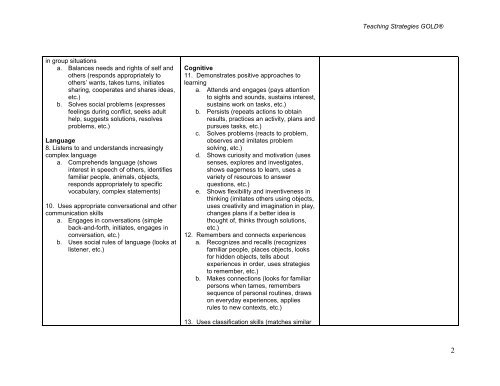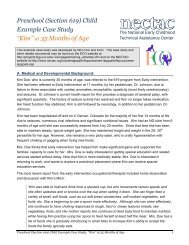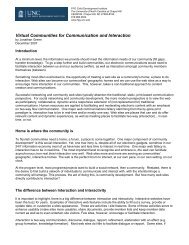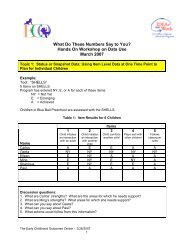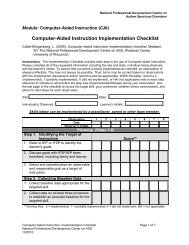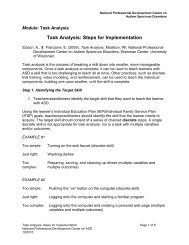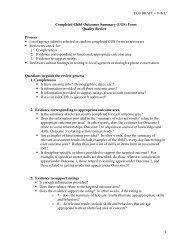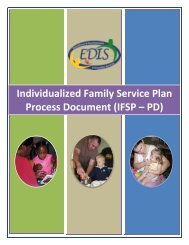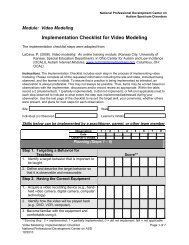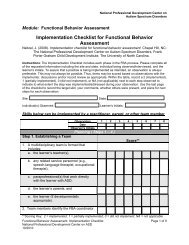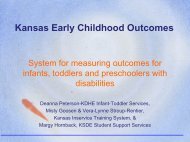Teaching Strategies Gold
Teaching Strategies Gold
Teaching Strategies Gold
You also want an ePaper? Increase the reach of your titles
YUMPU automatically turns print PDFs into web optimized ePapers that Google loves.
<strong>Teaching</strong> <strong>Strategies</strong> GOLD®<br />
in group situations<br />
a. Balances needs and rights of self and<br />
others (responds appropriately to<br />
others’ wants, takes turns, initiates<br />
sharing, cooperates and shares ideas,<br />
etc.)<br />
b. Solves social problems (expresses<br />
feelings during conflict, seeks adult<br />
help, suggests solutions, resolves<br />
problems, etc.)<br />
Language<br />
8. Listens to and understands increasingly<br />
complex language<br />
a. Comprehends language (shows<br />
interest in speech of others, identifies<br />
familiar people, animals, objects,<br />
responds appropriately to specific<br />
vocabulary, complex statements)<br />
10. Uses appropriate conversational and other<br />
communication skills<br />
a. Engages in conversations (simple<br />
back-and-forth, initiates, engages in<br />
conversation, etc.)<br />
b. Uses social rules of language (looks at<br />
listener, etc.)<br />
Cognitive<br />
11. Demonstrates positive approaches to<br />
learning<br />
a. Attends and engages (pays attention<br />
to sights and sounds, sustains interest,<br />
sustains work on tasks, etc.)<br />
b. Persists (repeats actions to obtain<br />
results, practices an activity, plans and<br />
pursues tasks, etc.)<br />
c. Solves problems (reacts to problem,<br />
observes and imitates problem<br />
solving, etc.)<br />
d. Shows curiosity and motivation (uses<br />
senses, explores and investigates,<br />
shows eagerness to learn, uses a<br />
variety of resources to answer<br />
questions, etc.)<br />
e. Shows flexibility and inventiveness in<br />
thinking (imitates others using objects,<br />
uses creativity and imagination in play,<br />
changes plans if a better idea is<br />
thought of, thinks through solutions,<br />
etc.)<br />
12. Remembers and connects experiences<br />
a. Recognizes and recalls (recognizes<br />
familiar people, places objects, looks<br />
for hidden objects, tells about<br />
experiences in order, uses strategies<br />
to remember, etc.)<br />
b. Makes connections (looks for familiar<br />
persons when tames, remembers<br />
sequence of personal routines, draws<br />
on everyday experiences, applies<br />
rules to new contexts, etc.)<br />
13. Uses classification skills (matches similar<br />
2


